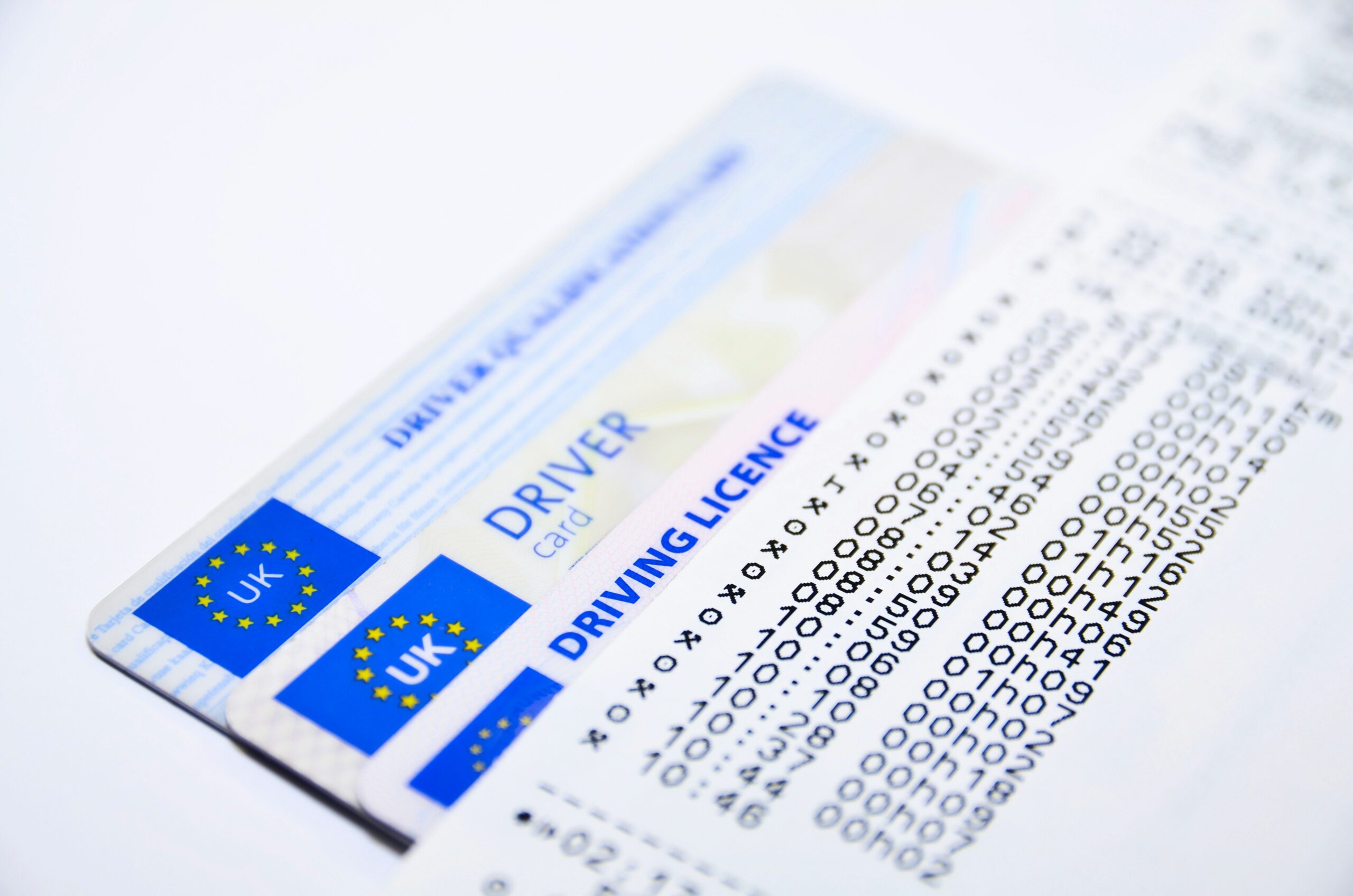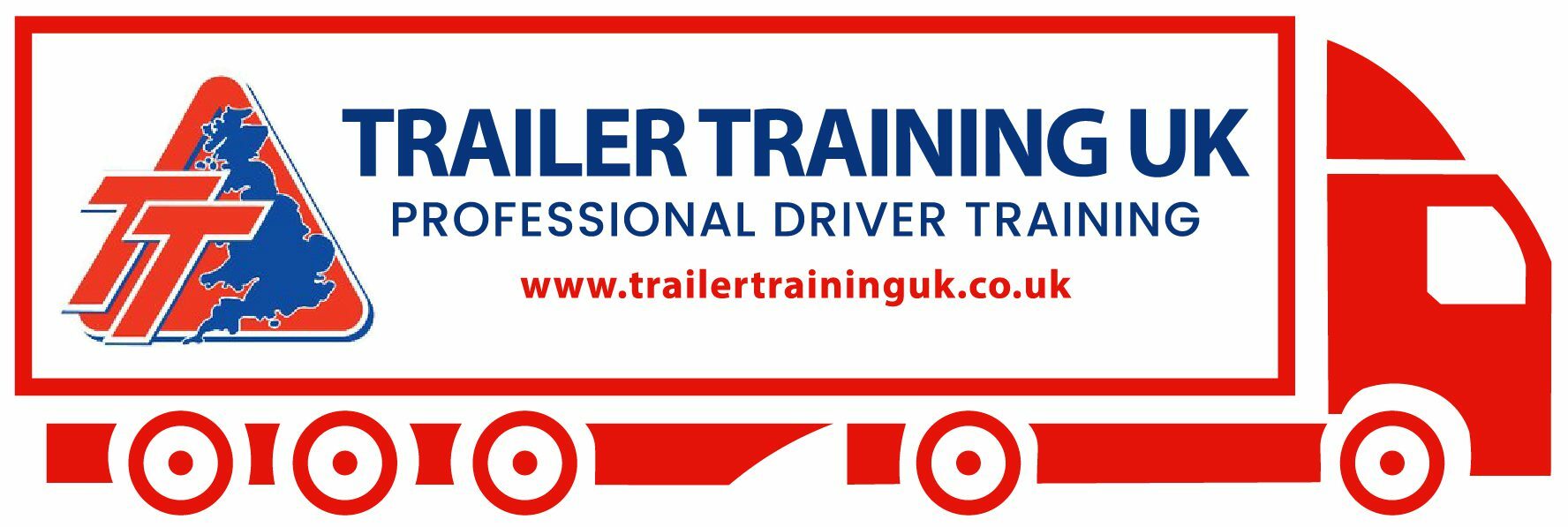The D1 licence, also known as a PCV (Passenger Carrying Vehicle) licence is designed to allow drivers to carry up to 16 passengers in a vehicle which falls under this category.
A PCV licence can be gained through the correct procedures and the appropriate training. When gaining your minibus licence entitlement, you must be able to incorporate all your theory learning into the practical demonstration of the course.
History of the Minibus
It is actually unknown when the first minibus was created. This is because many vehicles were modified for passenger transport when road transport was becoming more infamous.
Although, the first time a passenger carrying vehicle was “invented” and seen was between 1825-1829. The steam carriage was invented by Sir Goldsworth Gurney. The carriage had been seen to get to speeds of up to 20 miles per hour, which was impressive during this time period.
Many common types of minibuses were essentially van conversions. This is where the standard Category C1 van was modified to carry passengers. The first known instance is the Ford Model T being transformed and modified to carry up to 12 people in the 1920s.
Additional modifications included adding windows and further conversions can also include wheelchair lifts. The minibus is predominantly used for commercial transport, such as airport hire. Minibuses are also popular as recreational vehicles.
The taxi industry is a prominent example regarding the use of PCVs. These are handy for those travelling in bigger groups, whether this be for holidays or days out.
The minibus has been moulded into a cash cow for some, with the taxi industry booming in the last 50 years, this has made minibus hire a fruitful investment.
Sizes and Variations
Depending on what you will be needing to drive, and what passengers you will be transporting, you will need to understand what types of minibuses there are.
Minibuses takes its form in different sizes. Typically, minibuses do look like a van. The door types can also vary. This is due to some having to cater for more passengers, or wheelchair access, in which case there would also be a wheelchair lift or ramp.
Your D1 Entitlement
To get a PCV provisional licence, you must apply for this through the completion of a D2 provisional form. This form will then be sent to the Driver and Vehicle Standards Agency (DVSA) where they will process the application.
If you are looking to be able to drive a PCV with an additional trailer attachment, you will need to apply for the D1+E licence entitlement.
When you complete & pass your D1 test, you can then drive a minibus. However, you will need to complete initial CPC training (also known as the Certificate of Professional Competence Training), which includes Module 2 CPC case study, and Module 4 CPC practical demonstration.
BEOFRE JANUARY 1997
If you received your licence prior to this date, once 21 years old at least, you are allowed to drive a minibus with up to 16 passengers. You will not be expected to obtain the D1 licence to do this. However, you will not be allowed to drive for hire or reward.
AFTER JANUARY 1997
If you received your licence after this date, you must apply for a minibus licence and have the D1 licence entitlement before driving a PCV.
D1 Licence Potential
Pending if you would be looking to drive to hire or reward, there are an array of occupation potentials waiting for you. From minibus hire, to working for residential homes and schools. This licence category can open up a multitude of social benefits.

Careers
A common association with a minibus is they are used for charitable purposes. They are commonly used for residential trips; transporting students for extra-curricular activities; or transporting those with various disabilities.
However, other professions, such as airport transport or taxi hire use the minibus. This instance is where a driver would be transporting for hire or reward, in which you must complete initial CPC training, as well as continue to attend 35 hours of periodic CPC training every five years.
Being a minibus driver for schools means that you would primarily only work term times and between certain hours. This can give you the freedom to pick up additional jobs during school breaks.
How Much is a D1 Licence?
The D1 Licence cost is free, as it is a provisional entitlement you require.
However, to complete the D1 training and tests, costs start from £860 with Trailer Training UK. This is also depending on whether you require to complete the medical, theory and the number of practical training days you intend to complete before your test.
Once you have finished the amount of training you require, and if your instructor are happy for you to do so, you can then complete your D1 test.
Looking To Gain Your D1 Licence?
You can complete your D1 minibus training with Trailer Training UK. We supply minibus training at our 5 depots across the South Coast. You can also look at upgrading to the D1+E Minibus and trailer training.
Call us today on 0345 260 2508, or you can email at info@trailertraininguk.co.uk, and out advisors will help your begin your journey to get your PCV licence.
